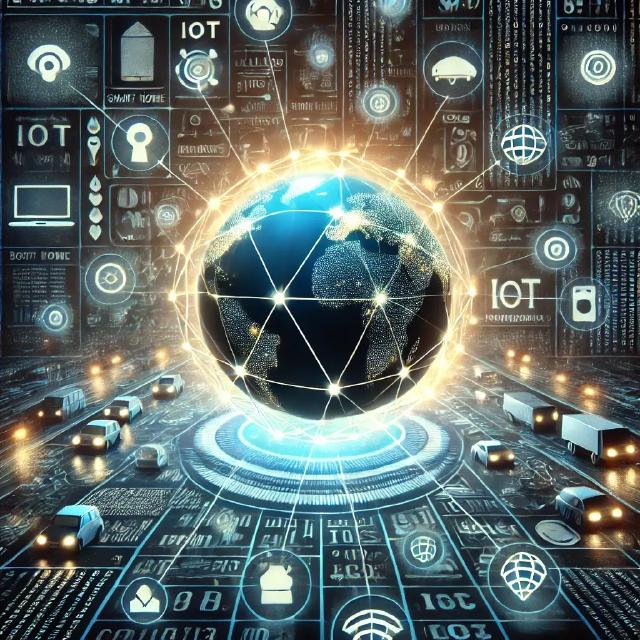
The Internet of Things (IoT) has transformed the way we interact with technology, embedding connectivity into everyday objects. From smart thermostats to autonomous vehicles, IoT devices depend on seamless communication. Central to this functionality is IP addressing, which provides a unique identifier for each device on a network.
This article examines the critical role of IP addressing in IoT, the challenges associated with its rapid expansion, and how emerging technologies can address these issues.
How IoT Relies on IP Addressing
Every IoT device must have an IP address to communicate with other devices, cloud services, or users. IP addressing ensures that:
- Devices can send and receive data over networks.
- Communication is reliable and traceable.
- Unique identification prevents conflicts in data transmission.
The Role of IPv4 and IPv6 in IoT
- IPv4: Limited to approximately 4.3 billion unique addresses, IPv4 faces exhaustion due to the explosive growth of IoT devices.
- IPv6: With an almost infinite address space (340 undecillion addresses), IPv6 is essential for accommodating IoT’s expansion.
Adopting IPv6 enables:
- Efficient device-to-device communication.
- Simplified network configuration through auto-configuration protocols.
- Enhanced security features like IPSec.
Challenges in IP Addressing for IoT
1. Scalability
The sheer number of IoT devices is overwhelming traditional network structures. Managing billions of devices requires advanced solutions to allocate and manage IP addresses efficiently.
2. Security Risks
IoT devices are vulnerable to cyber attacks, such as:
- IP spoofing: Where attackers disguise malicious devices with legitimate IPs.
- Denial of Service (DoS): Exploiting device connectivity to overwhelm networks.
3. IPv4 Dependence
Many IoT devices still rely on IPv4, leading to:
- Overuse of Network Address Translation (NAT), which complicates network management.
- Increased latency and reduced efficiency in communication.
4. Interoperability
IoT ecosystems often involve devices from various manufacturers, each with unique IP addressing schemes. Lack of standardization can hinder device compatibility.
5. Energy Constraints
IP-enabled IoT devices often operate on limited power. Maintaining constant network connectivity with IP addresses can drain batteries quickly.
Potential Solutions
Adoption of IPv6
Transitioning to IPv6 is critical for IoT scalability. Governments and organizations must incentivize the adoption of IPv6-compatible devices and networks.
Edge Computing
Reducing the reliance on centralized servers can alleviate network congestion. Edge computing processes data locally, minimizing the need for constant IP communication.
Dynamic Address Allocation
IoT networks can implement protocols like Dynamic Host Configuration Protocol (DHCP) for efficient IP address management, reducing conflicts and manual intervention.
Enhanced Security Measures
Strengthening IoT device security includes:
- Encrypting communication with TLS/SSL.
- Regularly updating firmware to patch vulnerabilities.
- Implementing network segmentation to isolate devices with sensitive data.
Standardization Efforts
Developing universal standards for IP addressing in IoT can enhance interoperability and simplify integration across devices and platforms.
Looking Ahead
The Internet of Things is set to encompass 75 billion connected devices by 2030, according to industry projections. This growth underscores the importance of resolving IP addressing challenges. While IPv6 adoption is a significant step forward, addressing security, energy efficiency, and interoperability is equally vital for building a robust IoT infrastructure.
Conclusion
IP addressing is the backbone of IoT, enabling seamless communication in a world of interconnected devices. As IoT continues to expand, overcoming challenges like IPv4 limitations, security vulnerabilities, and scalability will define the future of this transformative technology. By embracing IPv6, edge computing, and standardized protocols, the IoT ecosystem can unlock its full potential for innovation and connectivity.